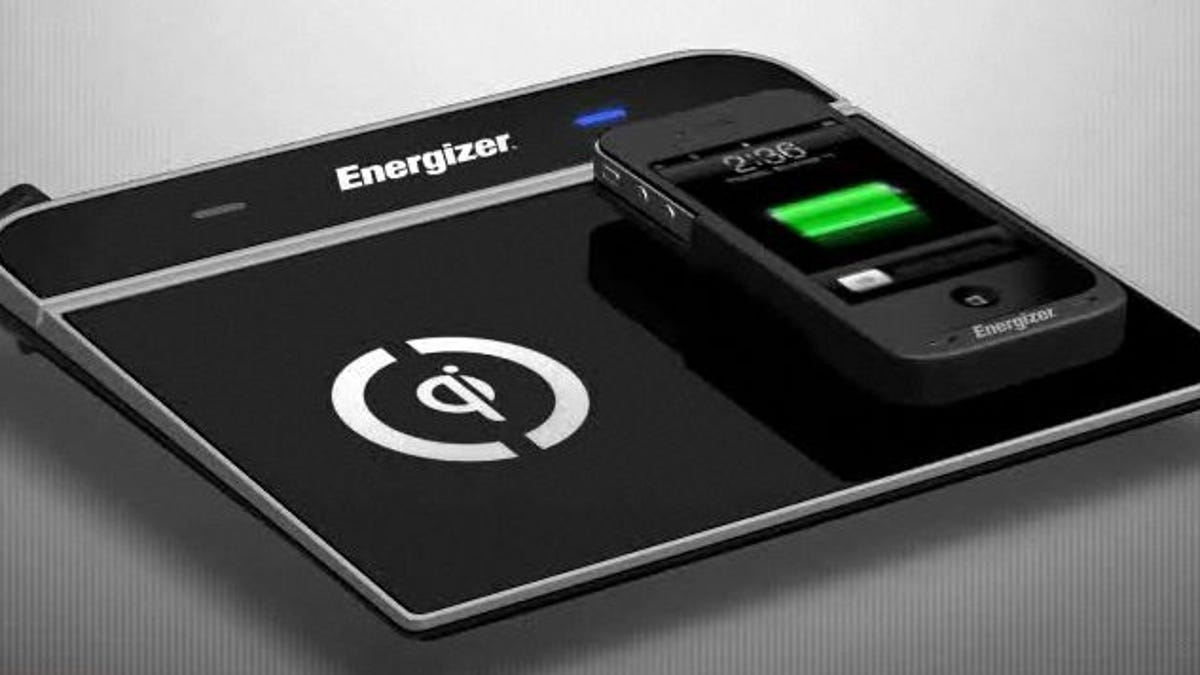Hands-on: Energizer Qi inductive charging pad
If you're willing to sheath your iPhone in a special sleeve, you can enjoy the benefits of charging without wires. Just be prepared to pay a premium.
Ever since the debut of the Palm Pre, I've been enamored with inductive charging. After all, what could be easier than recharging your phone just by laying it on a special pad or dock--no cord required?
Nothing, that's what. Straight outta "Star Trek," inductive charging relies on an electromagnetic (i.e., wireless) transfer of energy between devices. Yet phone manufacturers still haven't embraced the technology.
Apple certainly hasn't, which is why third-party products like the Powermat and Energizer Qi (pronounced "chee") have arrived to fill the void. I've spent some time using the latter, and I'm here to tell you: I'm still enamored with inductive charging. I just wish it didn't require so many compromises.
For starters, unless a device manufacturer builds an inductive "receiver" into the hardware (or at least offers a specialized battery door, as Palm did with the Pre), you're stuck using some kind of add-on. In the case of the iPhone, that means a sleeve that slips onto the back and bottom, much like an external-battery case.
As of this writing, Energizer offers just two sleeves for the Qi: one for the iPhone 3G/3GS, the other for the iPhone 4. (There's also a Qi-enabled battery door for the BlackBerry Curve 8900.) Price: $34.99 apiece, on top of the $89.99 you pay for the Qi itself. I realize this is new technology, but $125 is a pretty steep point of entry.
What's more, the sleeve sucks. I mean, it works, but it adds both bulk and length to the iPhone. Plus, it lacks a pass-through port, so you have to remove your iPhone anytime you want to sync it. I found this extremely difficult owing to a too-tight fit. To pry them apart even a smidgen, I had to wedge my thumbnail in between the bottom of the iPhone and the sleeve.
The Qi can charge two inductive devices simultaneously, and a third (like, say, an Android phone) via a standard USB connection. After an hour on the Qi, my fully drained iPhone had charged to about 44 percent. The battery gauge showed full at around 2 hours, 10 minutes.
That's not bad; it's about how long the iPhone takes to fully charge when plugged into a wall outlet. But one notable downside is that the Qi's USB port doesn't supply enough juice to charge an iPad.
Inductive charging is cool. All by itself, the Energizer Qi is cool. The need to use special sleeves/doors with it and pay extra for them? Not cool. Here's hoping Apple, HTC, LG, Samsung, and all the other phone makers decide to hop aboard the induction bandwagon, and soon.


